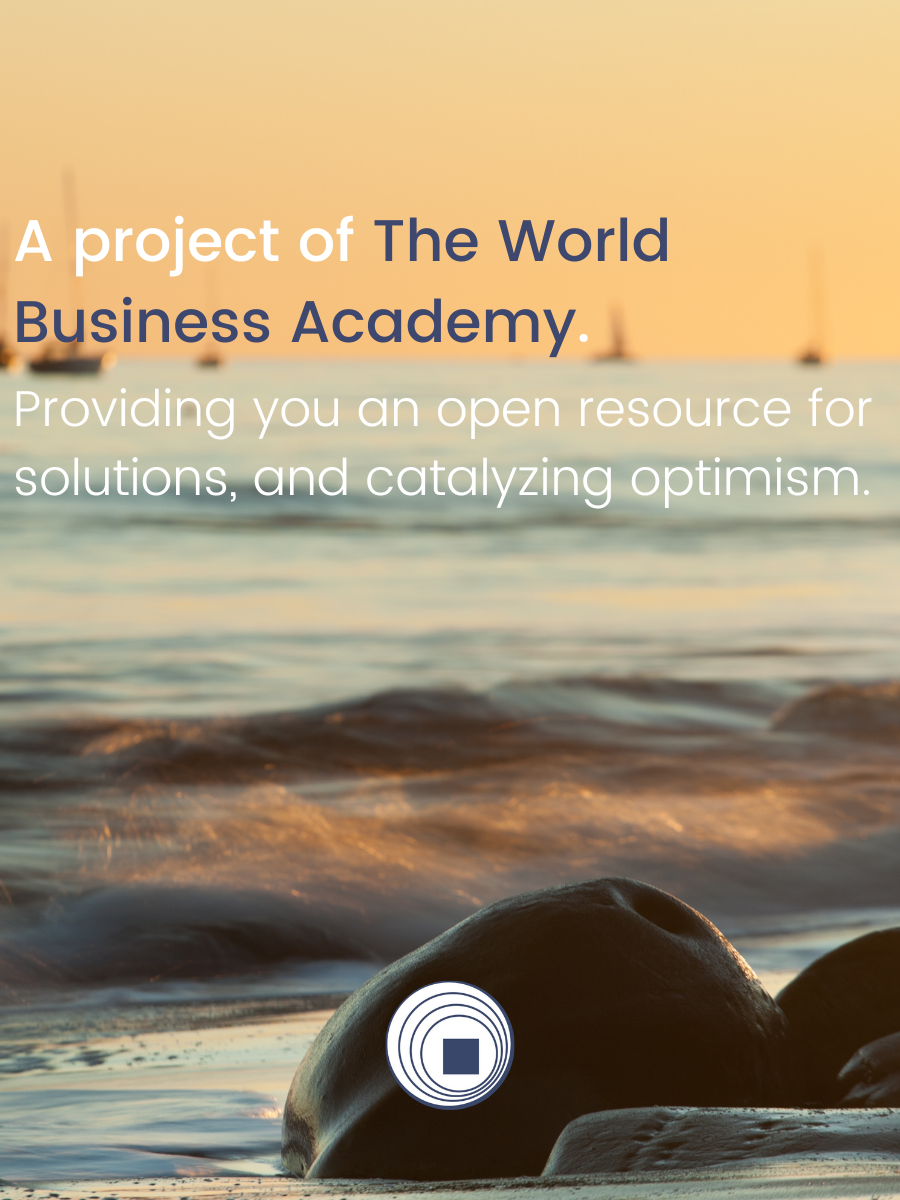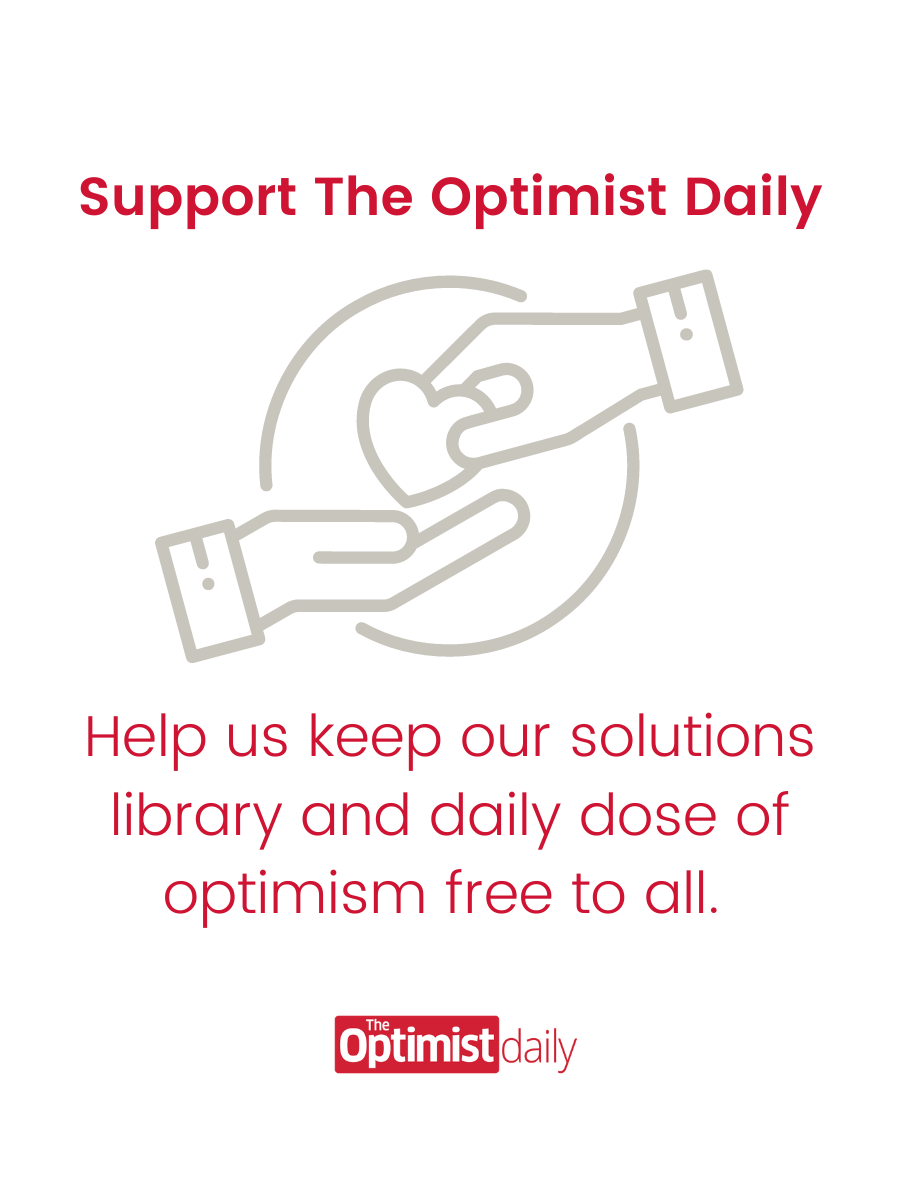Wild caught fish are one of the most environmentally sustainable proteins you can eat. Fish use less water to raise than chicken, pork, or beef, and has one of the smallest carbon footprints of all animal proteins. Despite being so environmentally friendly the yearly global fish catch has declined 18% overall since 1988 and is expected to fall even further in coming years.
It’s not just a matter of being over caught, but wasteful catching practices and habitat degradation also play a substantial roll in fish’s decline. Jackie Savitz, marine biologist and Vice President for US Oceans at Oceana, and her colleagues have formulated a 3–step plan to bring back the world’s fish population to levels exceeding the 1988 “peak”.
The first step in Savitz’s plan is to limit the amount of fish any fisherman can take. What might seem as rudimentary is actually one of the most crucial parts of the fish recovery plan. In order for there to be fish tomorrow, we need to leave some fish in the ocean for today.
The next step is to limit fisherman’s bycatch. Bycatch refers to all the fish that is accidentally caught when you are trying to catch one species of fish in particular. Bycatch is usually thrown over the side of the boat and is a complete waste. Countries that imposed laws limiting bycatch have seen a substantial rise in their fish population.

Global adoption of any environmentally based initiative is difficult, and passing legislation backing Savitz’s plan throughout the world would take years. But, the convenient thing about fish is the vast majority live in coastal areas governed by closest country. Even more convenient is the European Union, and 24 other countries control 90% of the global fish catch. If legislation is passed in the EU and the 24 most impactful countries we could see the global fish population rise dramatically in the next 10-20 years, opening the door to feed millions.
Currently, 450 million people eat a meal of fish everyday, despite the global fish catch falling 18% since the late 80s. If Savitz’s initiative is adopted in the EU and 24 most integral countries, the number of fish–meals consumed by people per day could increase to upwards of 700 million.
Find out more visit oceana.org or watch Jackie Savitz’s TED Talk below, the source of this blog.
Photos: Shutterstock / Flickr/myfwcmedia

Saving the fish will feed the world
More of Today's Solutions
7 proven health benefits of ginger
For centuries, scientists have written extensively about ginger and its healing properties. This odd-looking root has been found to do everything from promoting healthy ...
Read MoreHealth data policies need to come into play
As technology's power and influence have grown astonishingly in the past 20 years, no one was prepared for its implications down the line. Data ...
Read More3 expert-approved ways to deal with middle-of-the-night sleeplessness
We’ve all been there— lying awake in the middle of the night with nothing to keep us company except anxious thoughts and preoccupations like, ...
Read MoreThe future of sustainable fashion: self-healing mushroom-based leather
The environmental impact of the fashion industry has become an increasing worry in a society where fast fashion has been the standard. But there ...
Read More










